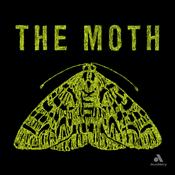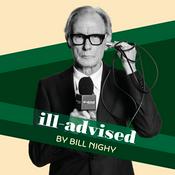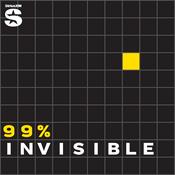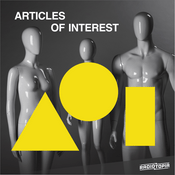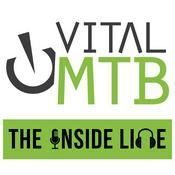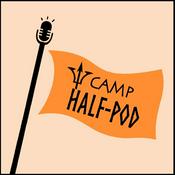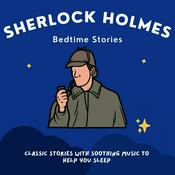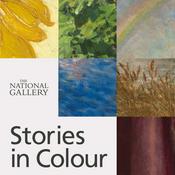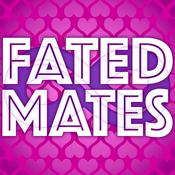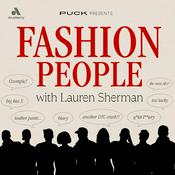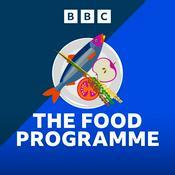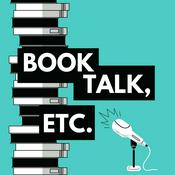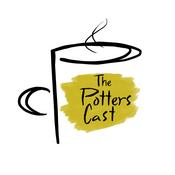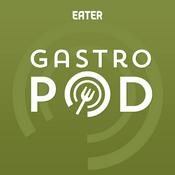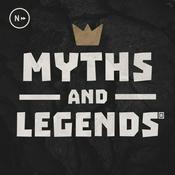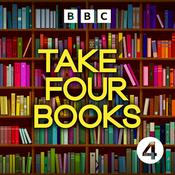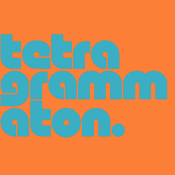75 episodes

The Pink Plot Machine: Why Legally Blonde Is a Story-Structure Powerhouse
04/12/2025 | 23 mins.
Is Legally Blonde secretly one of the best-plotted films of the 2000s? In this episode of Master Fiction Writing, host Stuart Wakefield performs a full story autopsy on Elle Woods’ journey from dumped sorority president to victorious Harvard lawyer.We dig into how the film builds a rock-solid causal chain (where every major beat grows logically from the last) and how Elle’s external quest (Harvard, the internship, the murder trial) welds perfectly to her internal arc from “choose me” to “I choose myself.” Along the way, we unpack the emotional climax after Callahan’s harassment, the perm-fuelled courtroom payoff, and why the Bend and Snap is the least important thing in this script.You’ll walk away with concrete questions and exercises you can apply to your own story, whether you’re writing novels, screenplays, or plays. Spoilers for Legally Blonde abound, but the craft lessons are evergreen.

The Inciting Incident Isn’t Big. It’s Binding.
26/11/2025 | 12 mins.
If your opening goes boom but your hero can shrug and carry on, that’s fireworks, not story. In this episode I breaks down the real job of an inciting incident - to bind your protagonist to an obligation that costs something now and points the story arrow.Here's what you'll learn:What “binding” means in plain English and how to spot it fastThe five ways a moment can stick Bond, Irreversibility, New stakes, Direction, PressureA spoken mini-exercise you can even do while walking the dogA quick diagnostic to fix fake incidents that are loud but optionalA simple before and after that turns a limp delivery into a clock-ticking crisisWe'll also look at:Pride and Prejudice Darcy’s slight and Lizzy’s promise to herselfLegally Blonde Elle’s public vow to Harvard LawA Streetcar Named Desire Blanche’s choice to stay and concealWant help binding your own opening? Start here and visit https://www.thebookcoach.co

Because > And Then: Building Stories with Causality (feat. Pride & Prejudice + Knives Out)
18/11/2025 | 9 mins.
And then” isn’t a plot, it’s a queue. In this craft-forward episode, we swap “and then” for the more muscular because / but / therefore and show how tight causality turns scenes into story. You’ll get a clear, jargon-free framework for chaining choices to consequences, plus two case studies that prove the point: a mini-autopsy of Pride & Prejudice and a contemporary comparison with Knives Out.In this episode you’ll learn:Why causality (not act labels) is the real backbone of structureHow to convert event beats into decision beats with costsThe Because/But/Therefore test to expose sagging “and then” sequencesA quick Coincidence Audit (allowed to enter a story, never to exit it)A repeatable Scene Ledger: Goal → Opposition → Outcome → New Problem → Forced Next Action

Whose Eyes, Which Truth? Mastering POV in Your Novel (with Live Rewrites)
11/11/2025 | 23 mins.
POV isn’t just a grammar choice - it’s the engine that controls intimacy, suspense, and what your reader knows when.In this craft-deep episode, we demystify point of view by breaking it into three practical dials (access, scope, and distance) then walk through the pros and cons of first person, third limited (close and deep), free indirect style, omniscient, objective, second person, epistolary, multiple-POV, and stream of consciousness.To make it real, we take a baseline scene (Edward at Inkerman hearing Pendleton’s voice) and rewrite it in each POV, showing exactly what changes on the page and how those changes shape reader experience, for better and for worse.You’ll learn how to pick the right lens for a scene, avoid head-hopping and tense drift, trim filter words for immediacy, and keep character voice aligned with era and education.Ideal for both first-time novelists and seasoned writers tuning their instrument!

Author Brain vs. Editor Brain (and When to Use Each)
29/10/2025 | 9 mins.
Stop polishing your first paragraph into oblivion. In this episode of Master Fiction Writing, we split your process into two clean modes: Author Brain for discovery and Editor Brain for decision—used at different times for different jobs. You’ll hear a live “before/after” paragraph where we draft messy, then run a tight verbs-and-cuts pass that sharpens pace and tension without killing momentum. We’ll also set up a simple 30-minute loop you can run twice to produce real pages today.You’ll learn:The core jobs of Author Brain (invent) vs. Editor Brain (select)Why separating them in time stops stalls and unlocks flowThe TK tactic and “Again:” restart to keep drafting forwardHow a verbs-and-cuts pass lifts energy, clarity, and pace fastThe one-line scene change test to confirm forward motion
More Arts podcasts
Trending Arts podcasts
About Master Fiction Writing
Listen to Master Fiction Writing, 岩中花述 and many other podcasts from around the world with the radio.net app
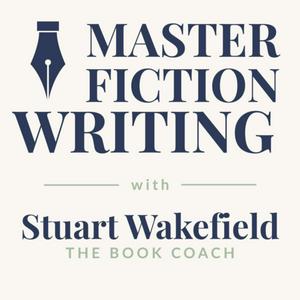
Get the free radio.net app
- Stations and podcasts to bookmark
- Stream via Wi-Fi or Bluetooth
- Supports Carplay & Android Auto
- Many other app features
Get the free radio.net app
- Stations and podcasts to bookmark
- Stream via Wi-Fi or Bluetooth
- Supports Carplay & Android Auto
- Many other app features


Master Fiction Writing
download the app,
start listening.

